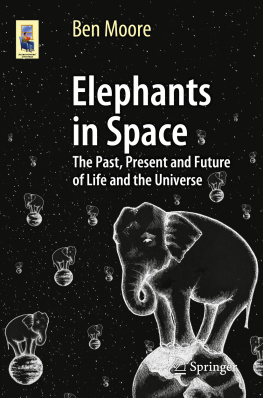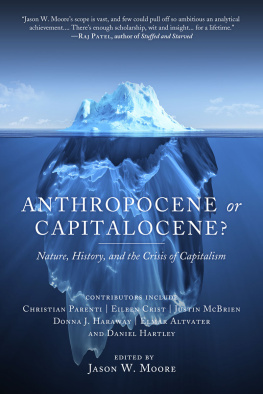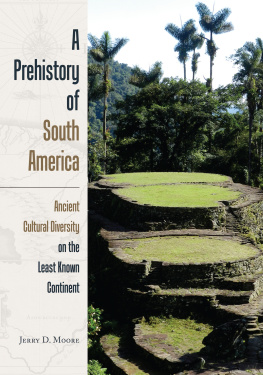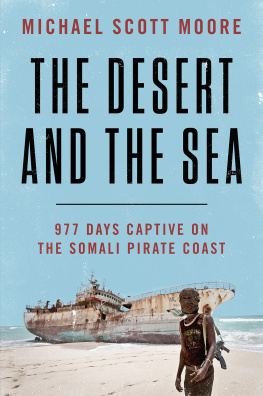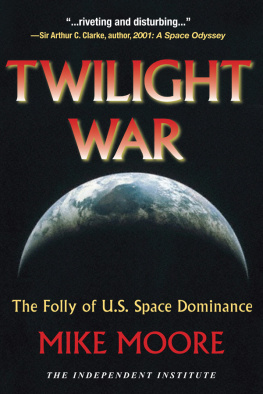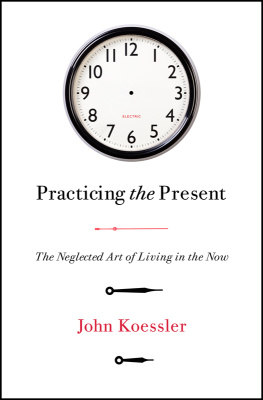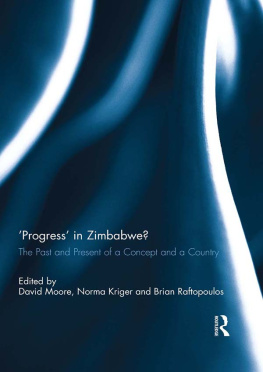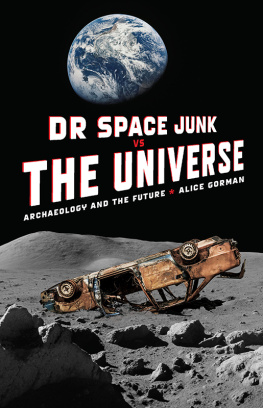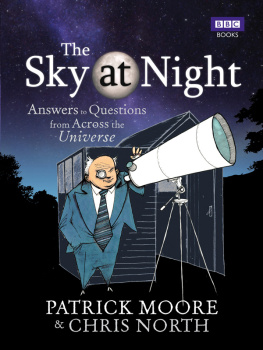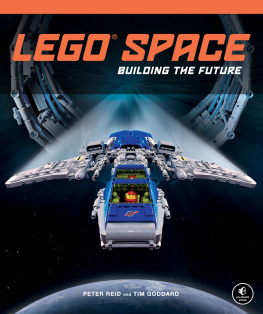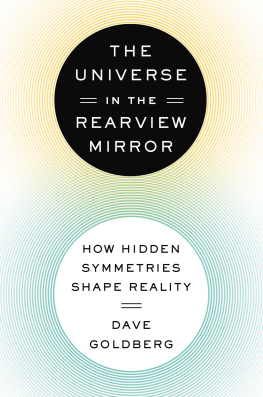1. A Brief History of Human Knowledge and Discovery
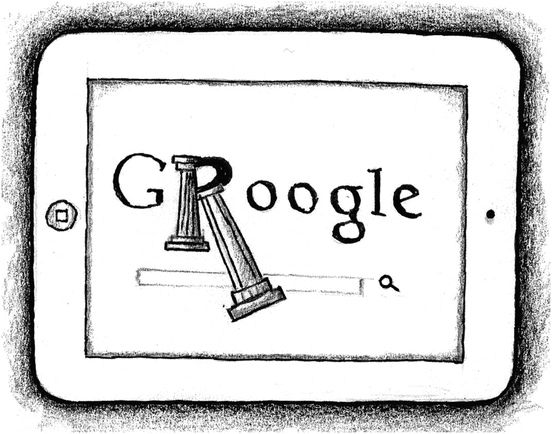
The sky appeared as if it had been painted a dazzling crimson as the Sun sank below the forested skyline. A line of posts stretched into the distance following the curves of the ancient glaciated valley. The post driver lay on the floor, a primitive, hand-welded iron cylinder used to manually pound fence poles into the ground. Two pairs of bare hands gripped the cold handles and, in synchronised action, lifted the weight high above the wooden post then brought it smashing down. The ground shook and the iron resonated like a church bell, until the next blow struck three seconds later. With each stroke, the splintered wooden post sank a little further into the Earth. As my father and I worked, our minds were elsewhere. We were contemplating the strange duality of light, the bizarre fact that the behaviour of photons could only be understood if they existed simultaneously as both waves and particles. We had reached this question after discussing the reason why molecules in the air preferentially scattered blue light, resulting in our evenings spectacular red sky.
We live in a unique era in the history of humankind. We believe that we have accurately determined our place in the universe, in both time and space. We have realised our insignificance as we gaze out on 100 billion galaxies similar to our own, each containing billions of stars like our Sun. We have measured the size of our universe and determined its age. We know when our Sun started to shine and when it will die. We have found that our universe is expanding; the space between the galaxies is growing, and its rate of expansion is rapidly increasing. We have measured the tiny irregularities in the very early universe, like the ripples on the surface of a lakethe initial conditions from which all the stars and galaxies that we see have slowly emerged over cosmic time. It is a remarkable accomplishment of the human species that we have a good understanding of the history of our universe all the way back to one millionth of a second after it came into existence. At that moment, our entire visible universe and everything in it, all of its matter and energy, was squeezed into a region the size of a football stadium. That sounds amazing, and it really is.
Over the past four hundred years there has been an explosion of knowledge and understanding. It should have begun two thousand years ago. We have come a long way, yet I believe that we could have gone much further. Many important and fundamental aspects of our universe remain a complete mystery. If I could have the answer to one and only one question, it would be, What happened in the first millionth of a second after the big bang? From this knowledge I would surely gain insight into why and how our universe came to be. Our understanding is lacking, not because the question is too difficult to answer but because our current knowledge is limited. It might not even be possible to answer the question with any certainty since we cannot test our theories with observations or experiments prior to that extraordinary event. But we should certainly continue our quest to understand more about our physical universe, our origins and our destiny.
What cosmology has taught us over the past hundred years, and in particular over the last decade, has allowed us for the first time in history to predict how our universe will evolve in the future. Philosophers have long struggled to explain the meaning and purpose of life. I would like to consider this topic within a broad scientific context that encompasses some of our collective global knowledge, from physics and cosmology to neuroscience and biology. I want to take you on a remarkable journey of discovery that allows us to understand our place in the universe, how the universe evolved to yield conditions hospitable for the development of life, and how those conditions are becoming ever harsher and more inimical to life, until ultimately well, at this point I refer you to the latter part of this book, which deals with our future.
The long-term survival of the human race rests on a systematic quest for knowledge and discovery especially during the next few hundred years. I can only dream of the findings that will emerge over the next millennium, let alone over longer reaches of time. It is, in principle, possible for our species to survive and to continue living on Earth for about another billion years. Probably no longer than this, though, for reasons that will become clear after I explain how the Sun evolves with time and eventually dies.
What is left to be learned to enable us ultimately to answer the question, Why? We can describe matter and energy, gravity, space and time with equations, yet at the deepest level, our understanding of all of these fundamental components of our universe is rather limited. I would like to illustrate one of the pinnacles of human achievement with a one-sentence summary of the theory of general relativity by Albert Einstein: Time and space and gravitation have no separate existence from matter . What an insight, a unified description of gravity as a geometric property of four-dimensional space-timethe brain child of perhaps the greatest scientist in history. But there are still some fundamental things left to understand. For example, the description of how particles behave in time and space is given by the theory of quantum mechanics, about which American physicist Richard Feynman said, equally succinctly, I think I can safely say that nobody understands quantum mechanics. Quantum mechanics and general relativity are separate theories that describe the very small and the very large. During the early universe, everything was squeezed into a tiny volume, and under these conditions quantum mechanics and gravity were important on the same scale. Thus, if we are to understand further back in time towards the instant the universe appeared, we will need a grand unified theory that combines all the fundamental forces of nature, including a unification of quantum mechanics and gravitation.
Before going any further into the workings of our universe as we understand it at this moment, let me digress into the story of human history that shows the path by which we accumulated that knowledge. The timeline of evolution and comparison to other species will reveal our place in the scheme of things on Earth. I will also lay the foundations for perceiving what our civilisation and our minds might truly be capable of. Let us take a look at how we got this far. How did we manage to figure out that the world could be comprehended? At what point did some people begin to discard mysticism, gods and spirits and to explain natural phenomena as a consequence of cause and effect?
Let us divide human history into several eras based on the rate of acquisition of knowledge, perhaps the most important trait and commodity of an advanced civilisation. The first phase of human history lasted for several million years in which our ancestors spent most of their time as hunter-gatherers. The second great era began around 30000 BC, when art and music appeared and modern Homo sapiens started to explore the world both physically and mentally. Agriculture and settlements proliferated from about 10000 BC. The first burst of scientific discovery followed, beginning in earnest with the ancient Greek philosophers and scientists in 1000 BC and culminating in a million scrolls of knowledge shelved in the great libraries of Alexandria. This first remarkable period of intellectual innovation ended with the beginning of the Roman Empire around 100 BC, at which point a long period of scientific listlessness set in. Human attention turned instead to conquest and battle, and law and order. Religious idealism flourished. Interest in the physical world was crushed and suppressed, only to be awakened in another burst of brilliance in the seventeenth century, which constituted the second age of scientific discovery.


